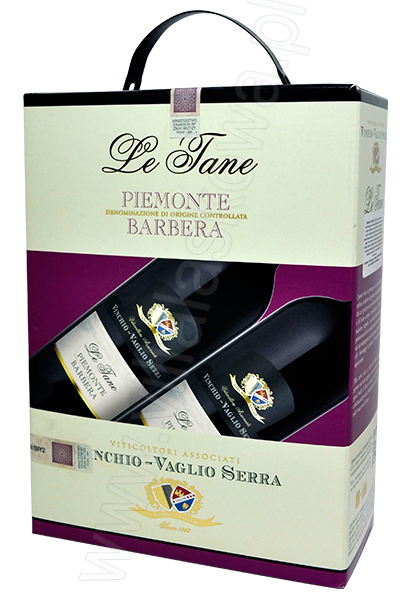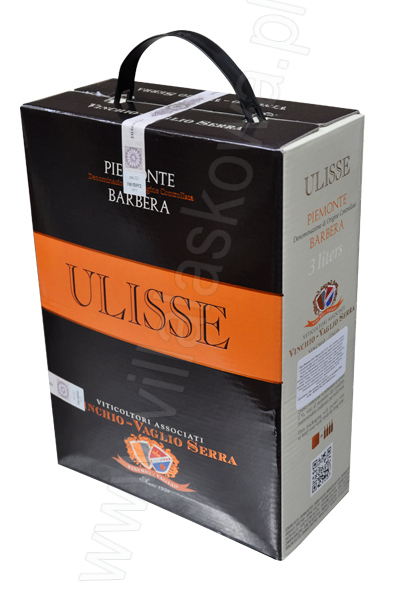Table wines - Vino da Tavola
Wines of the lowest category.
Apart from the name - table wine on the label is also indicated its color, white or red, and the name or brand of bottling company. These wines are usually made from a blend of various grape varieties coming from various geographical zones and can be drunk everyday. Table wines should not be kept to long.
IGT wines - Indicazione Geografica Tipica
Protected geographical origin.
These wines are classified between table wines and DOCs and DOCGs. On the label is indicated the geographical region of origin, for example I.G.T. Toscana - IGT Tuscany, main grape, vintage (optionally). These wines are of very good quality, often equal DOCs and DOCGs despite the statutory classification. To this category belong, for instance
Supertuscans, excellent quality wines that can be aged.
DOC wines - Denominazione di Origine Controllata
Controlled designation of origin.
These are quality wines on the third level of the classification of wines. On the label is always indicated DOC, set under the name of wine. These wines are produced in strictly defined zones. Their quality and organoleptic characteristics are imposed by appropriate low regulations, so-called
disciplinari. These regulations define zone of origin, permitted grape varieties, maximal yield from one hectare, vine growing conditions, minimal alcohol natural level and wine typical characteristics. These regulations also regulate the production of special wines, such asPassito(naturally sweet wine obtained from grapes subjected to drying or noble mould),Spumante(sparkling wine), and aromatized wines.Before putting the wines on the market, they are subjected to special chemical and organoleptic analyses made by an appropriate control commission appointed by Italian chamber of commerce. They are given a task of estimating if a particular wine meet obligatory production and quality standards. For these wines are also defined
subzonesor smaller areas, where strict production requirements are imposed, for exampleColli Senesi, and smaller zones or even estates.Next are defined characteristics of
Riservafor high quality wines, made only in the best vintages, that are aged (at least for two years), andSuperiorefor wines with a higher alcohol content compared with common DOC wines. This classification results from unique soil conditions and geographical location of the production zone of a particular wine.The current number of DOCs is 334.
The denomination
Classicois awarded to the wines that come from the oldest historical zone of a larger winemaking area.
DOCG - Denominazione di Origine Controllata e Garantita
Controlled designation of origin guaranteed.
DOCG is the highest status of wine. Currently in Italy more than 70 wines are classified as DOCGs. Before being awarded to DOCG, it is necessary to have DOC status for at least 5 years. The DOCG wines have to meet much more stricter standards than DOCs. These requirements include lower yield from one hectare, minimal alcohol level, maturing period or obligatory ageing, regulations of chemical and organoleptic analyses before putting in the market. These analyses are made for every batch of wine. Strictly defined rules enable to set on the bottle a special state recognition band with number, where it is written controlled designation of origin guaranteed and typology of wine - Frizzante, Spumante, Classico and bottle capacity.



















